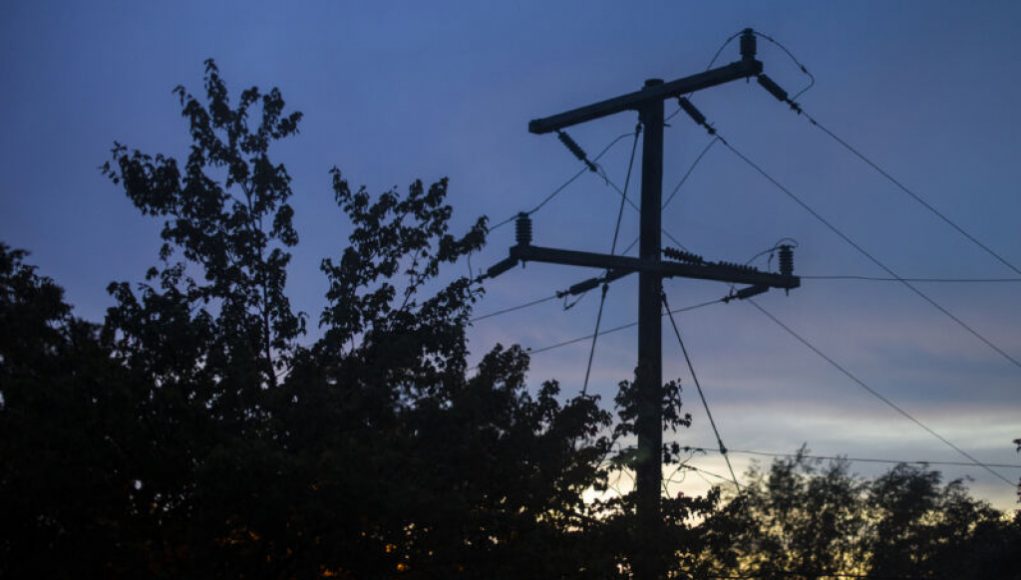This article originally appeared on Inside Climate News, a nonprofit, independent news organization that covers climate, energy, and the environment. It is republished with permission. Sign up for their newsletter here.
According to a new report, Virginia, Illinois, Ohio, and Indiana have the most to gain in jobs and new investment if PJM, the country’s largest grid operator, can address the issues causing long delays in clean energy projects.
To achieve this, PJM needs to approve projects at the same rate it did about a decade ago.
However, there are two major obstacles to overcome. The grid operator must make significant progress on the approximately 3,000 active matters in its new service request queue, where 97 percent of the proposed new generation, totaling over 250 gigawatts, is for renewable energy or battery storage. Additionally, PJM needs to increase interstate power line capacity to connect these projects to the grid.
The American Council on Renewable Energy (ACORE) released a report on June 28 that focuses on approximately 2,000 projects, totaling 167 gigawatts, of proposed land-based clean energy generation. These projects are part of the reforms approved by federal regulators in November, which prioritize projects that are ready to be built and provide a “fast lane” for smaller projects.
Advertisement
The report, authored by Noah Strand at ACORE and other contributors, acknowledges that not all of these projects will be approved and built. Therefore, the report assumes a completion rate of 20.3 percent, similar to the rate from 2011 to 2016. It then estimates job creation, investments, and other benefits for the resulting 34 gigawatts of clean energy.
According to the report, Virginia could gain approximately a quarter of the $33 billion in capital investment and 198,716 job-years from the proposed projects in the PJM queue, which totals 34 gigawatts.
A job-year represents one job for one year and is a fair way to estimate job creation, as the construction phase requires the most employment. Brendan Casey, deputy director for economic analysis for the American Clean Power Association, suggests dividing the total job-years by three or four to estimate permanent jobs.
Illinois, Ohio, and Indiana rank second, third, and fourth in potential benefits from proposed projects. Each state could gain between $4.7 billion and $5.5 billion in capital investments and approximately 29,000 to 32,000 job-years. Other states in the grid footprint would also see smaller amounts of investments and jobs.
Furthermore, the report highlights additional grid-wide benefits, including a projected reduction in wholesale electricity costs of over $16 per megawatt-hour from 2021 levels due to increased renewable energy and incentives from the Inflation Reduction Act. The report also mentions the potential public health benefits from displaced coal generation, valued at roughly $44 per megawatt-hour.
Today, one of the largest grid operators in the United States announced it will move forward with connecting backlogged clean energy projects to the power grid. With this move, the grid operator seeks to provide access to cleaner sources of energy while also increasing grid reliability, affordability, and sustainability.
The operator, PJM Interconnection, plans to issue requests for proposals (RFPs) for seven clean energy projects: wind, solar, battery storage, and natural gas-fired energy sources. The selected projects will enable PJM to create a “green superhighway,” connecting clean energy projects from Texas to New York, allowing larger transfers of renewable power with the capacity for future expansion.
The seven clean energy projects will create a total of 1,650 MW of generation capacity, enough to power the equivalent of close to 1 million homes. The projects are expected to be situated across PJM’s territory—from the Mid-Atlantic to the Midwest—and will be divided into several different smaller projects. All of this new energy output will help PJM meet its goal of ensuring reliability and sustainability while providing electricity for residential and commercial customers at an affordable price.
Linked to the interconnection of these clean energy projects are economic benefits for the states in which they’ll be installed. This corridor of new construction and installation is estimated to produce an economic impact of up to $4.5 billion and create over 8,500 jobs, providing economic relief to states during the pandemic and beyond.
By enabling the connection of clean energy resources to the PJM grid, PJM states are advancing toward cleaner, more sustainable sources of energy and a stronger, more resilient grid for years to come.




















